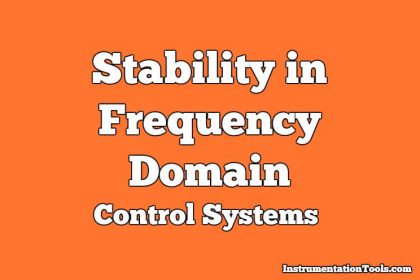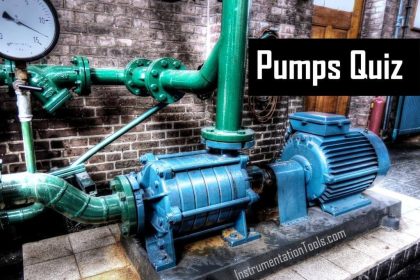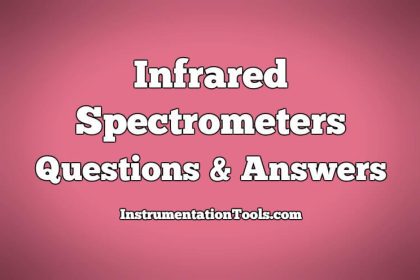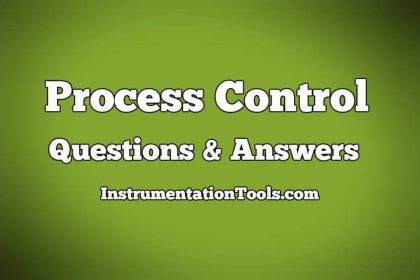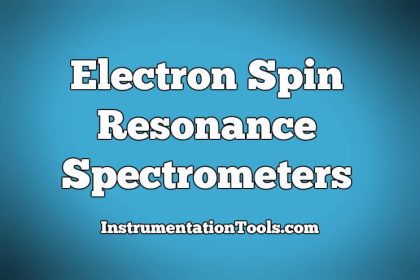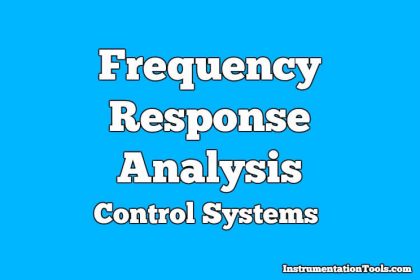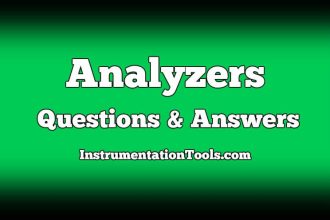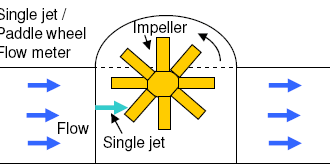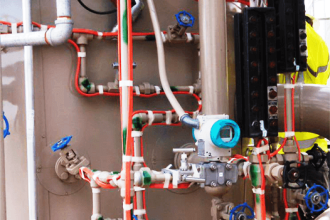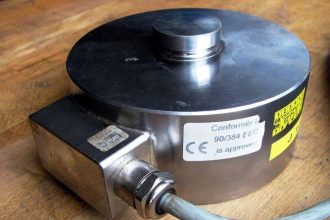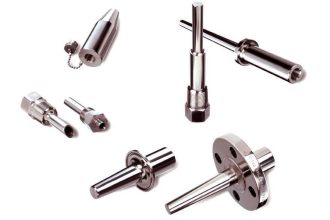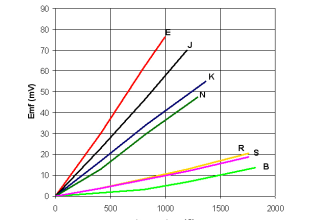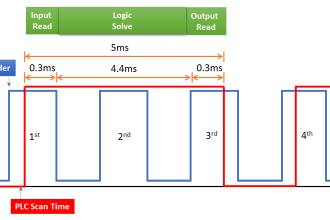Spectral Method of Analysis Multiple Choice Questions & Answers
1. Spectroscopy deals with interaction of electromagnetic radiation with matter. What is the speed of this radiation in vacuum in m/s?
a) 6 x 108
b) 5 x 108
c) 7 x 108
d) 3 x 108
Answer: d
Explanation: Speed of light is also the speed of all electromagnetic radiations. Speed of light is 3 x 108m/s.
2. Which type of Quantum Transition takes place in Ultra Violet and Visible spectroscopy?
a) Rotation of molecules
b) Nuclear
c) Bonding electrons
d) Spin of nuclei in magnetic field
Answer: c
Explanation: In UV and Visible Spectroscopy, type of Quantum Transmission is Bonding electrons. The rest of the options are Quantum Transmission type of other spectroscopic methods.
3. Which of the following is not a property or parameter of electromagnetic radiation?
a) Wavelength
b) Voltage
c) Wave number
d) Amplitude
Answer: b
Explanation: Wavelength, Amplitude and Wave number are parameters of electromagnetic radiation. Other parameters are Velocity and Frequency.
4. Which of the following is not a type of Spectroscopy?
a) Gamma ray
b) X ray
c) Nuclear magnetic resonance
d) Sound
Answer: d
Explanation: Sound is not a type of electromagnetic radiation. Hence, it is not a type of Spectroscopy.
5. Electromagnetic radiation can travel through vacuum.
a) True
b) False
Answer: a
Explanation: Electromagnetic radiation can travel through vacuum. It does not need a medium for propagation.
6. Which of the following is false about wavelengths of electromagnetic radiation?
a) Radiation with short wavelengths have high energies
b) Energy does not depend on wavelength
c) Radiation with long wavelengths have low energies
d) Energy depends on wavelength
Answer: b
Explanation: The radiations with short wavelength have high energies and vice versa. Thus, energy depends on wavelength.
7. Which of the following is the wavelength of microwave radiation?
a) 10 – 780nm
b) 0.78 – 30µm
c) 0.6 – 10 m
d) 0.75 – 3.75 mm
Answer: d
Explanation: The wavelength of Microwave radiation is 0.75 – 3.75 mm. The rest of the options are the wavelength of other Electro Magnetic radiations.
8. How is wave number of electromagnetic radiation related to wavelength?
a) It is the reciprocal of wavelength
b) It is directly proportional to wavelength
c) It is not related to wavelength
d) It is equal to wavelength
Answer: a
Explanation: Wave number is the number of waves spread in a length of one centimeter. It is the reciprocal of wavelength.
9. Which of the following is the wavenumber of UV and Visible radiation?
a) 1 x 106 to 1.3 x 104 m-1
b) 1 x 106 to 1.3 x 104 m
c) 13 – 27 m-1
d) 1 x 106 to 1.3 x 104 m26
Answer: a
Explanation: Wave number of UV, Visible radiation is 1 x 106 to 1.3 x 104 m-1. Wave number is the reciprocal of wavelength. So, the unit is m-1.
10. Velocity of electromagnetic radiation is more in vacuum than in any medium.
a) True
b) False
Answer: a
Explanations: Velocity of electromagnetic radiation tends to decrease when a medium is present. Hence, it attains maximum speed in vacuum.
